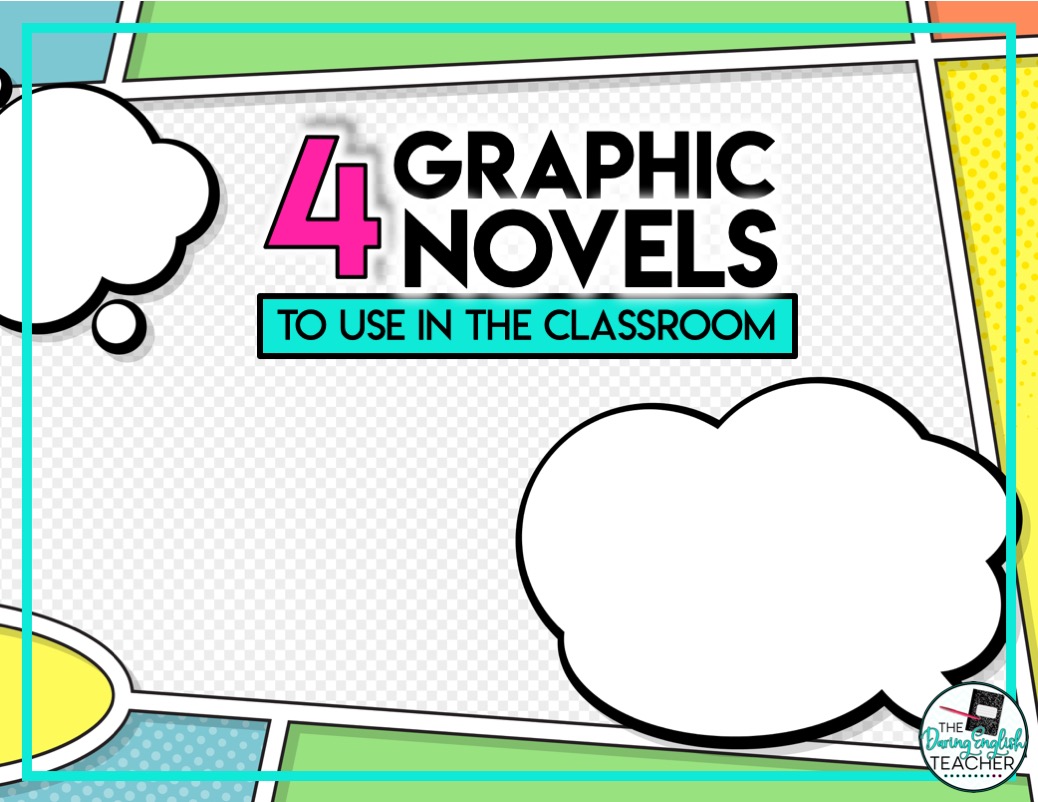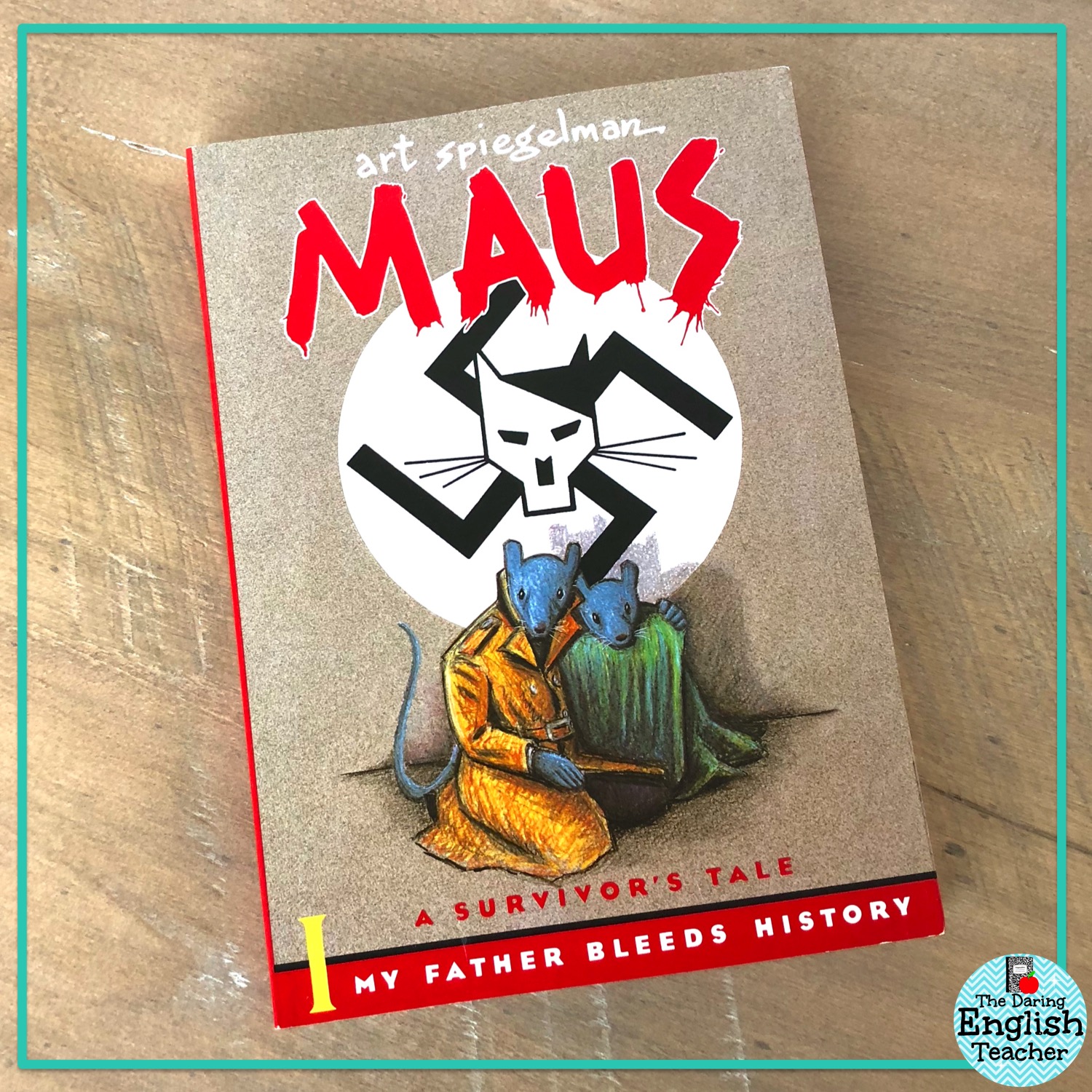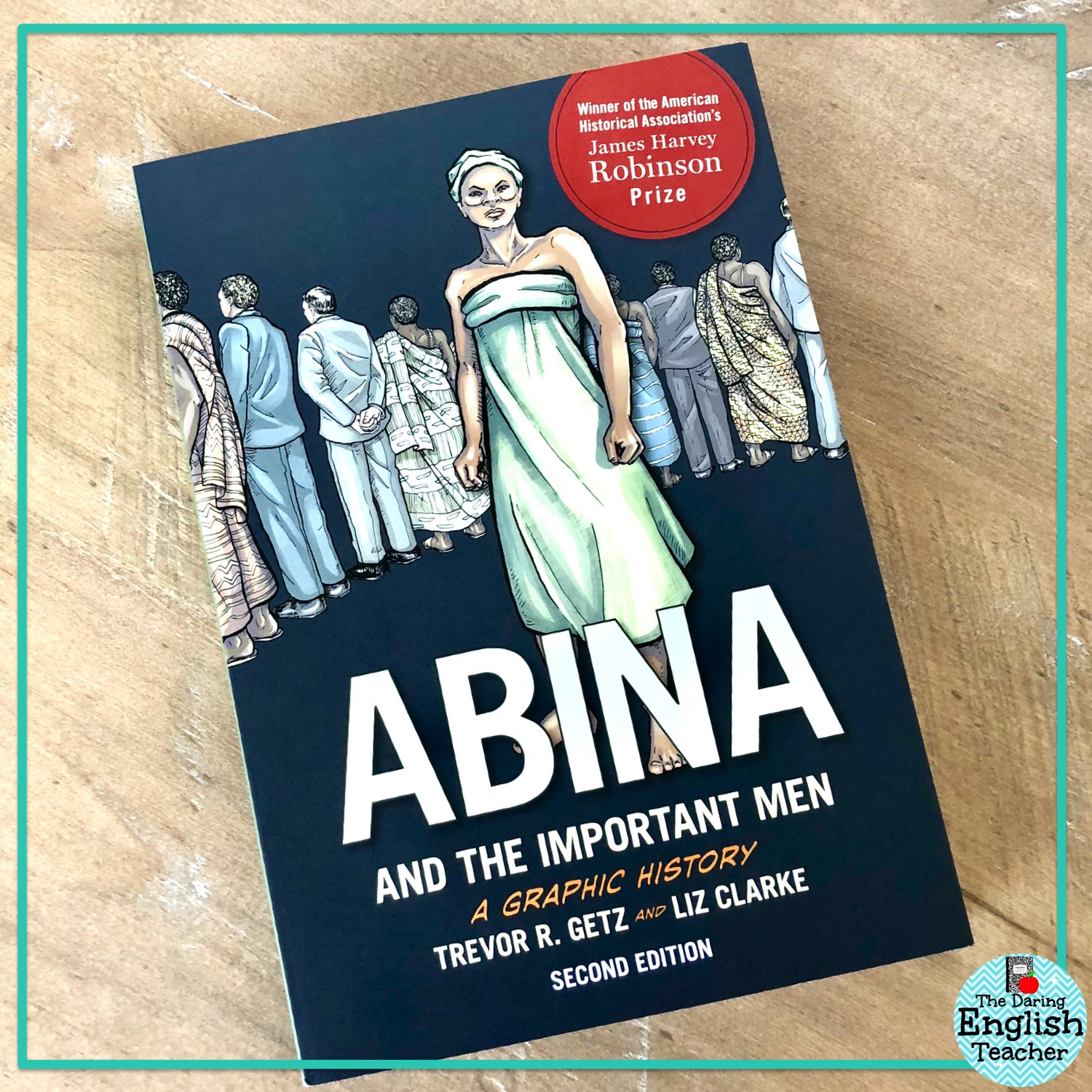An existing stigma still surrounds graphic novels in the eyes of students and educators alike. In actuality, educators can use graphic novels as an excellent tool for teaching visual literacy. Students will appreciate the change of pace as they read a story from a new and invigorating perspective. Graphic novels can provide a visual aid for students that struggle with comprehension and engaging with works of literature while also being enjoyed by intermediate and advanced readers. The following are four graphic novels to use in the classroom:
1. American Born Chinese by Gene Luen Yang
This graphic novel combines the culture of contemporary America with that of ancient Chinese mythology. The story provokes a thoughtful analysis of how individuals interact with those around them. Students will appreciate the humor with which Yang writes, and teachers will be drawn to the relevance of the story’s political and cultural dilemmas.
For additional reading regarding the experiences of immigrants in America, teachers should consider pairing this graphic novel with Gish Jen’s short story “Who’s Irish?”
2. Maus I: A Survivor’s Tale: My Father Bleeds History by Art SpiegelmanThis graphic novel presents a unique perspective of the Holocaust. History and literature combine to create a fascinating tale. The sequel to this book, Maus II: And Here My Troubles Began, can also act as a stand-alone graphic novel. Both books will encourage discussion about how one interacts with the past.
Elie Wiesel’s Night pairs well with this graphic novel to give students a deeper understanding of how individuals experienced the Holocaust. For younger readers, teachers should consider integrating Number the Stars by Lois Lowry into their curriculums.
3. Persepolis by Marjane Satrapi
In this graphic novel, students will learn about the Iranian Revolution through the eyes of a child. While learning of the importance of a historical event, students have the opportunity to learn about an author’s use of pathos, logos, and ethos as well as other literary techniques. While provokingly unforgettable, educators should take precaution with this novel due to mature themes and graphic images.
Septembers in Shiraz by Dalia Sofer is a novel that will help teachers expand on the multiple dilemmas of the Iranian Revolution. This book has a corresponding movie that may be effective in the classroom, but teachers should be aware of its PG-13 rating. Those looking to focus more on the theme of religious controversy will appreciate novels like I Love, I Hate, I Miss my Sister by Amelie Sarn and The Chosen by Chaim Potok.
4. Abina and the Important Men: A Graphic History by Trevor R. Getz and Liz Clarke
The first half of this graphic novel includes the retelling of a wrongfully enslaved woman. While the story is fascinating and empowering, the second half of the book consists of primary sources, historical context, and reading guides. Students will learn how to analyze and discuss literature from multiple perspectives. Additionally, there are discussion questions included in both editions of this book for students and teachers alike.
While this graphic novel easily stands alone thanks to its extensive additional content, poems such as “On Being Brought from Africa to America” by Phillis Wheatley can expand on the idea of enslaving individuals. Additionally, Cinque of the Amistad and the Slave Trade in World History shows another historical narrative of fighting against one’s enslavement.
This post contains affiliate links.









2 Comments
Hi Christina!
Do you have any recommendations for 6th graders??
Thanks so much!
Gillian
There are so many graphic novels out there… Some of the “I survived” series are now out as graphic novels. Along with the series “Who is/Who was/what is”… there are a few of them made also. Awkward by Svetlana Chmakova is another cute book series for middle grade students. The author Nathan Hale has a whole series about various hazardous history events… Enjoy!